Producers
-
Description:
Lena Pinot Grigio comes to us from a single vineyard of four hectares in the village of Dolcè, right along the Adige river, where the Veneto meets Trentino. The vineyard is highly calcareous, with 41% sand, 37% clay, and 28% silt. 15 years of laborious trial and error with Italy’s most successful single variety brings us this gorgeous white, with aromas of ripe white stone fruit, hay and spring blossoms. The palate is savory, with tangy acidity. Juicy nectarine accompany ripe pear, lemon curd, almond and apple before ending on a clean finish.
Lena is certified sustainable (no herbicides, no pesticides, no irrigation, limited use of copper and sulfur), certified vegan (no animal-derived products used in the cellar), certified carbon neutral (all electricity use at the winery comes from solar and wind power).
Label art by Emily Busch: www.emilybirdiebusch.com
Image: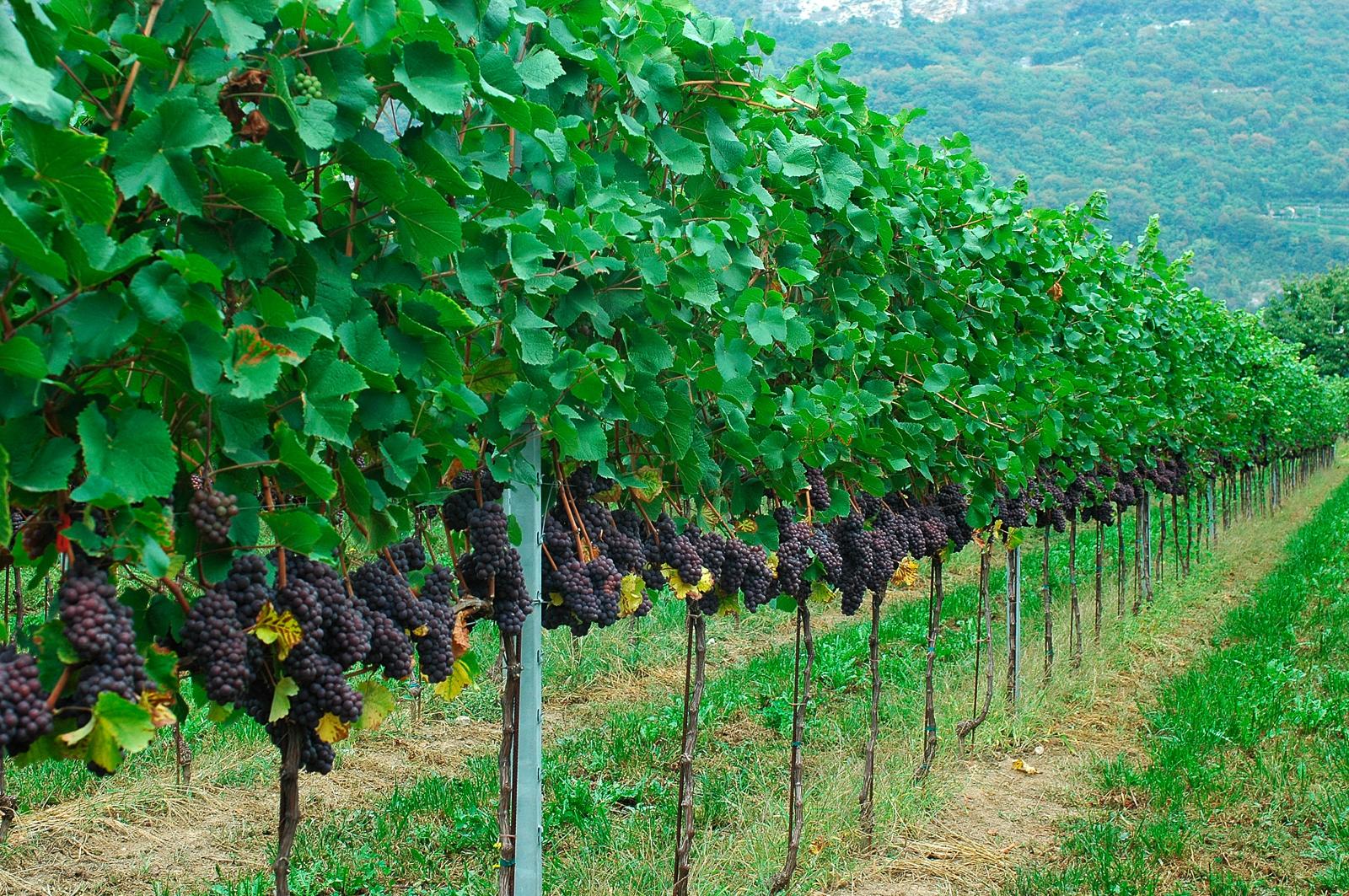 Region:
Region: -
Description:
Leo Erazo of Rogue Vine/Vinateros Bravos started the label Revolver when he was still working at Alto las Hormigas, the seminal Argentinian winery. He stopped making wines from Gualtallary around the pandemic, and is now bringing the label back, but closer to home. He makes the new Revolver wine from Pais, organically farmed and grown in Itata, sourced from his own vineyards as well as that of three old timers from the region.
This profile and tasting notes were edited from the Brazos Wine website, along with the pictures used. For more information please visit Brazos.
Image: Region:
Region: -
Description:
Founded by Gary and Nancy Figgins, in 1977 Leonetti Cellar (named for Gary’s grandparents) became the first bonded winery in Walla Walla. Almost immediately their exceptional wines set the standard for Washington and over the past three decades they have vigorously worked to maintain that excellence.
Using only estate fruit they produce four wines: Merlot, Sangiovese, Cabernet Sauvignon, and a Reserve blend. The wines are bold and expressive but also balanced and structured. Although delicious on release, the wines age beautifully. All of the wines are aged in a mix of old and new French oak for 15-22 months and total production is around 5500 cases.
In 2001 Chris Figgins assumed the role of head winemaker and, following Gary’s retirement in 2011, now runs the entire estate. He won’t be changing things, however, Leonetti remains strongly rooted in family tradition and the goal hasn’t changed in all these years, simply to produce the greatest wines they possibly can.
"Leonetti Cellar is unquestionably Washington state's finest Cabernet Sauvignon producer."
—Robert Parker, Wine Advocate
Image: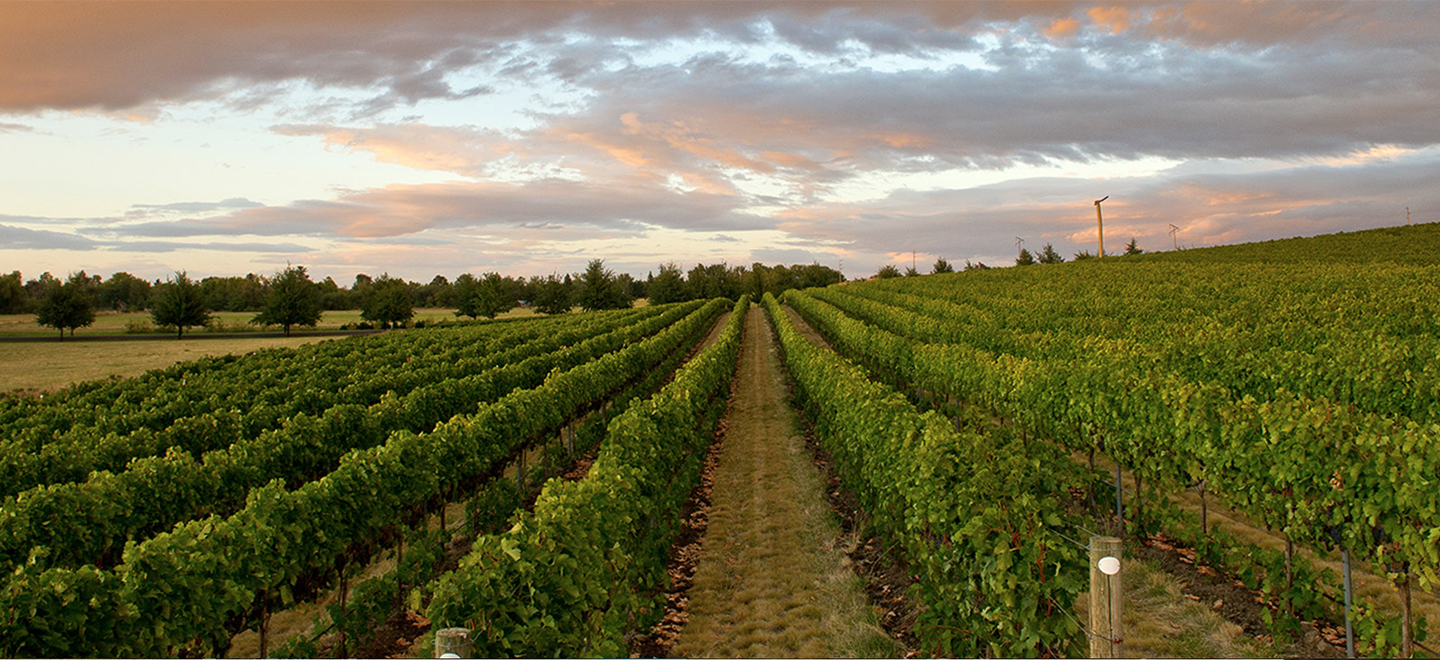 Region:
Region: -
Description:
For more information on Les Capriades, please visit Selection Massale.
Available in California.
Image: Region:
Region: -
Description:
For more information on Les Deplaudes, please visit Selection Massale.
Available in California.
Image: Region:
Region: -
Description:
For more information on Domaine Les Serrals, please visit Selection Massale.
Available in California.
Image: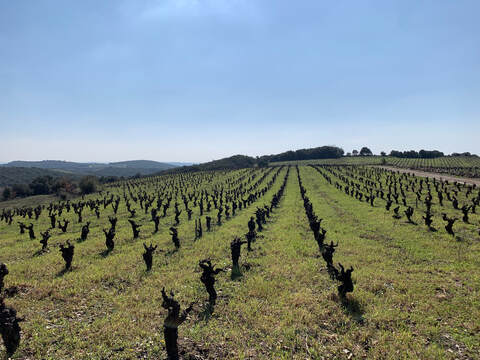 Region:
Region: -
Description:
Frédéric Leydet runs the Château Leydet-Valentin and Château de Valois, both his family’s estates. The wineries are less than three miles from each other and they are in a top growing area of Saint-Emilion and Pomerol. They are very near to Cheval Blanc, Figeac, and Angelus. The soil is composed of sand, fine gravel, and iron. Like Cheval Blanc, Valois and Leydet-Valentin also have a high percentage (nearly 25%) of Cabernet Franc planted to best express the terroir of this area.
Each winery was passed down through the generations, but it was Frédéric’s father, Bernard Leydet who started bottling from only a few hectares of vines in 1962. Over the years, he gradually purchased more vineyards and at the time of his death in 2006, they had each grown substantially: nine hectares in Saint-Emilion and eight and a half hectares in Pomerol. Leydet was born and raised at the property and after studying vine growing and oenology, he came to work at the estate in 1996. Since he began he has introduced new practices, such as pruning and green harvesting. In 2012, he began the conversion to certified organic viticulture, receiving the certification for the 2015 vintage.
In the winery, fermentations happen naturally in tank. The wines are aged on the lees in oak barrels without any racking, a strict minimum of sulfur and no fining or filtration. The hands off approach in the cellar gives wines that feel like an ultra-tradional Bordeaux. The wines have a nice amount of fruit and earthiness, backed by structure, and tannins that are present but do not overpower.
BOWLER E-Zine Issue 2 | Q1 2021: Grower Bordeaux with Frédéric Leydet of Château Valois - Pomerol, France
Image: Region:
Region: -
Description:
For more information on Licores Corderos, please visit Selection Massale.
Available in California.
Image: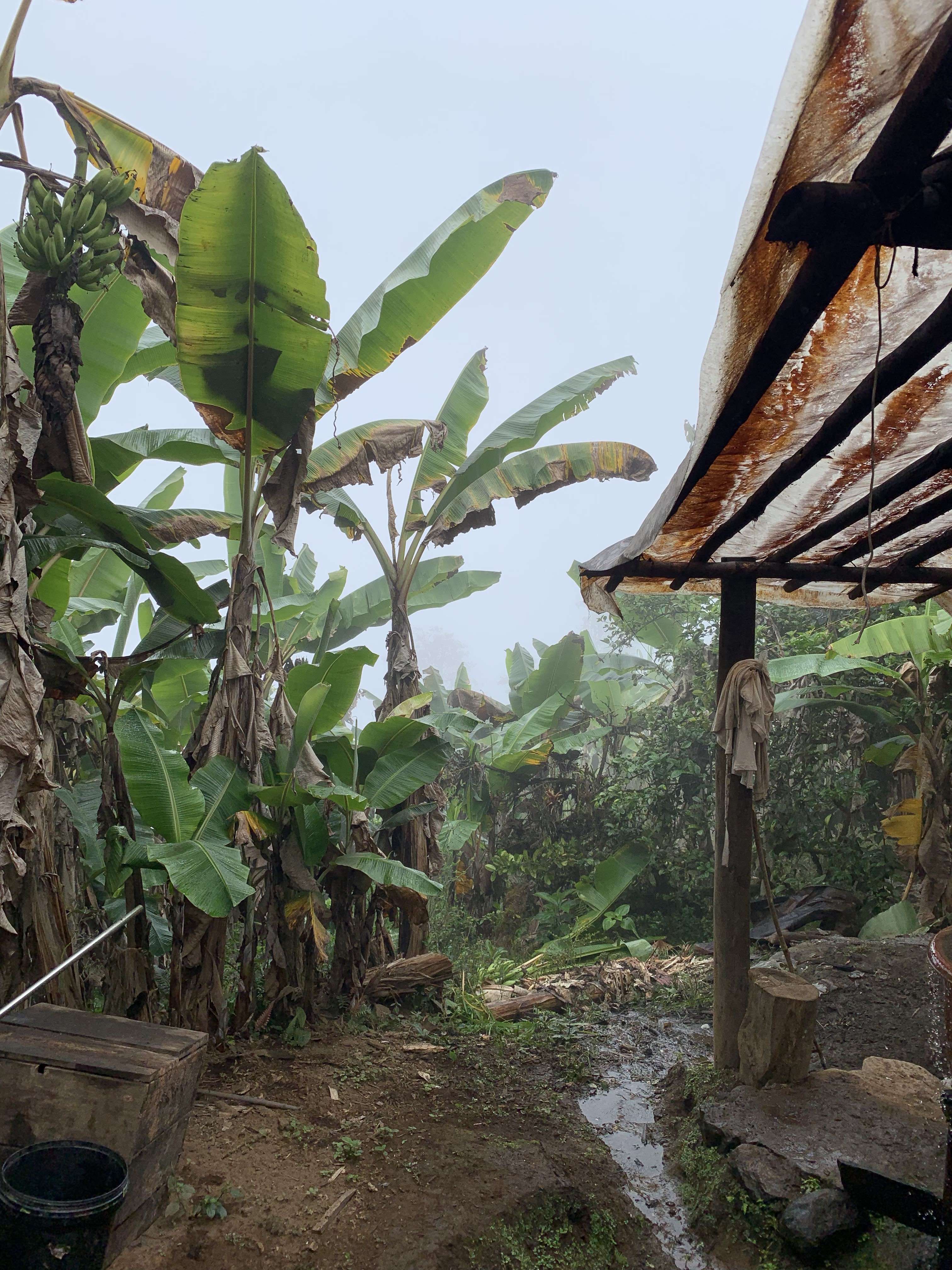 Region:
Region: -
Description:
Lilbert owns 3.5 hectare of vines- all Grand Cru, and all Chardonnay, with an average vine age of 45 years- in the Côte des Blancs. 60% of their vines are in Cramant, 30% in Chouilly and 10% in Oiry. These are three of the six Grand Cru villages in the Côte des Blancs. It is rare that any one house owns exclusively Grand Cru vineyards in the Côte des Blancs; Bertrand calls himself "very lucky" to be able to make wines from such prestigious vineyards. All of the parcels are vinified separately until two weeks before bottling. The NV represents 80% of the production and is aged in the cellar for two years. Dosage is normally around 7g/L, since Bertrand is going for acidity in his wines and not ripeness. (He does not perform batonnage because it makes the wines too heavy.) The winery is tiny and the latest investment is a 4,000kg pneumatic press and a disgorgement machine. Each bottle is still riddled by hand. The end result is a true connoisseurs champagne.
Image: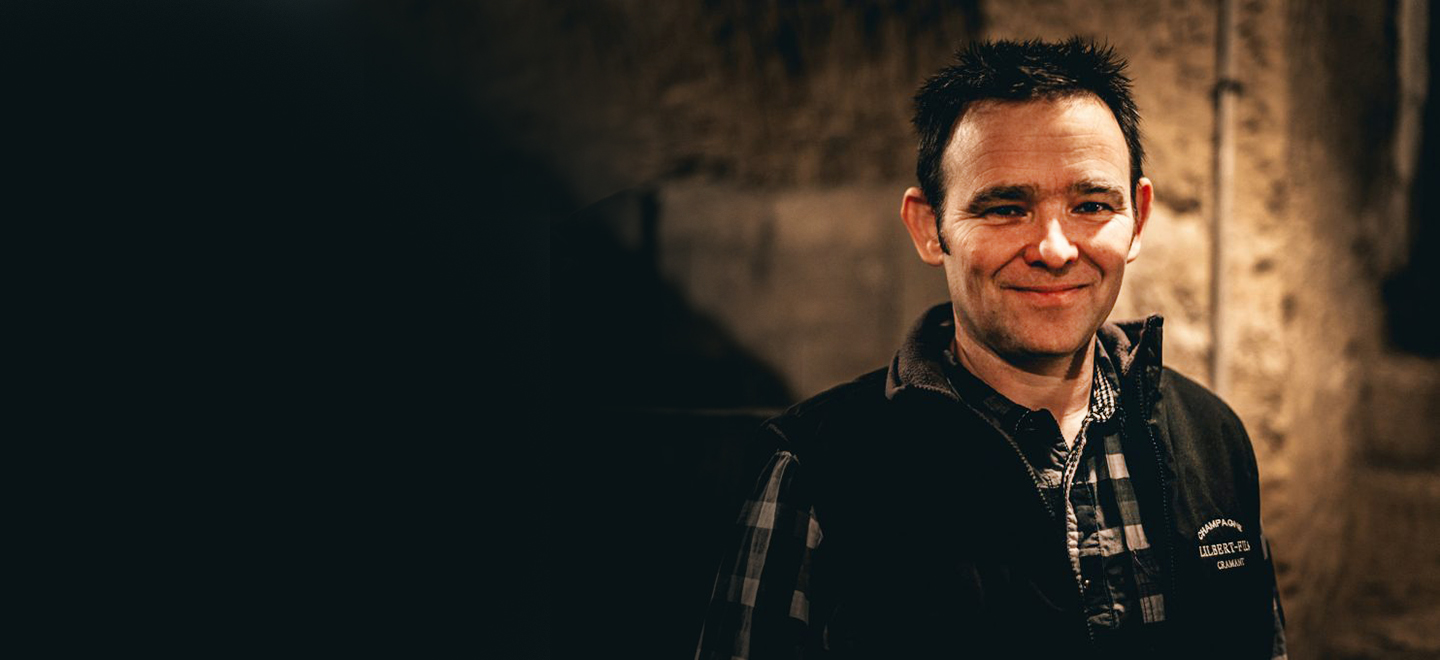 Region:
Region: -
Description:
Made at one of England’s foremost gin distilleries – the Langley distillery which can trace its roots back to 1785 – London hill dry gin is produced using the traditional pot still method. 43% abv a crisp gin London Hill’s bias towards subtle citrus tones comes from ribbons of citrus peel including lemon and sweet orange. This along with the other carefully selected botanicals gives a spicy fruit edge and delivers an exceptionally smooth and refined gin. The botanicals which include juniper berries citrus peels and coriander seeds are first macerated with neutral grain alcohol to extract their individual flavours and characteristics. No artificial flavours oils or essences are used in the making of London hill dry gin. All the ingredients are natural and sourced from the four corners of the world.
The distillery is situated in the historic Crosswells Brewery Site which dates back to the early 1800s and was built over an ancient underground water source. Gin has been distilled at Langley Distillery since 1920, continuous improvements to the site along with our long history and heritage in gin making has resulted in a facility which produces globally award-winning gins of the finest quality.
Our stills at Langley Distillery are some of the oldest working copper gin stills in the UK, some of them dating back to the early 1800s.
MACKAY- Dating back the 1860s this copper pot still is one of our oldest, made by Bennett Shears & Sons. The capacity is 200 litres of concentrate ANGELA- Made in 1903 by John Dore, the capacity of this still is 1,000 litres. CONSTANCE-Made in 1950 by John Dore, the capacity of this still is 3,000 litres. JENNY- Dating back to 1994, Jenny is Langley Distillery’s newest still. Built by McMillians, the capacity of this still is 12,000 litres.
The botanicals are carefully weighed out and added to the still, along with a charge of ethanol and water solution. The still lid is then shut and the steam jacket switched on to allow the gentle warming of the still. This warming process allows the botanicals to begin releasing their oils for distillation; this process of maceration continues over night.
The following morning, once the maceration has completed, we start heating the still again, this time to higher temperatures making the charge boil. The boiling process begins to turn the liquid into vapour which rises to the swan neck and water-cooled condenser, turning the vapour back into liquid. The distillation is separated out into three parts; heads, hearts and tails. It is only the heart section that we use in our gin-making process; this liquid holds the most subtle and refined of the aromas and flavours given off during the distillation. The concentrate produced is between 78%-82% ABV and cannot be used alone to make gin. We blend the concentrate with neutral alcohol, to create high strength gin that is reduced with water to bottling strength.
Image: Region:
Region:
